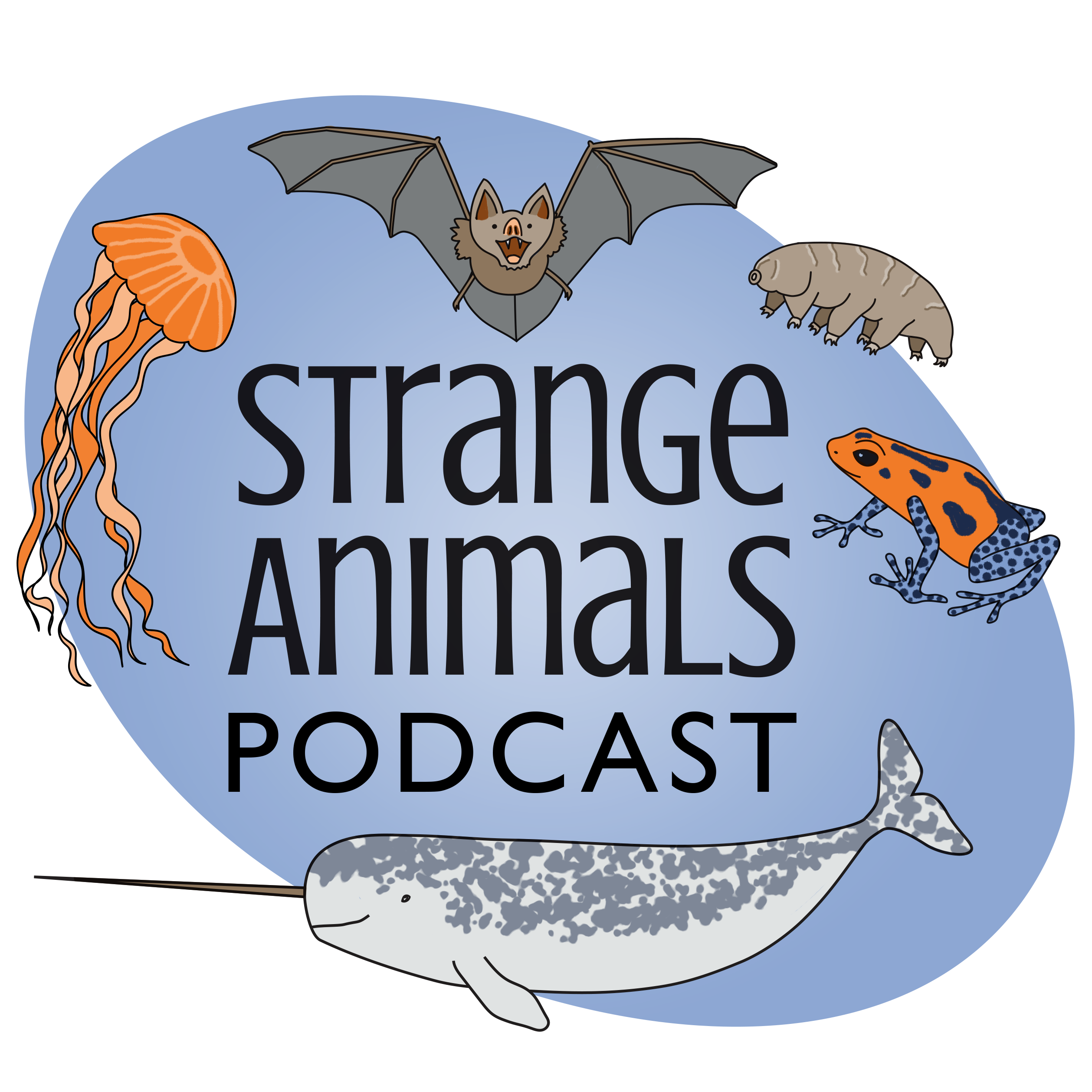Episode 157: Rodents of Unusual Size

Uh, yeah, not the legless lizard episode. But just as interesting! This week let's learn about the largest rodents in the world! Hint: way bigger than a rat.\n\nFurther reading:\n\nRodents of Uncertain Systematics\n\nThe mellow and photogenic capybara:\n\n\n\nOh to be a capybara in an open bath with an orange on its head:\n\n\n\nHey, pacarana:\n\n\n\nOh to be a paca with half an orange:\n\n\n\nOh to be a chevrotain with a piece of orange. (The chevrotain is not a rodent. It has hooves. Episode 116 explains this creature):\n\n\n\nShow transcript:\n\nWelcome to Strange Animals Podcast. I\u2019m your host, Kate Shaw.\n\nYes, I know, last week I said we might have an episode this week about legless lizards and other snakey things that aren\u2019t snakes, but I got this episode ready first so instead, this week we\u2019re going to learn about some rodents of unusual size!\n\nRodents are mammals in the order Rodentia, and there are thousands of them throughout the world. Mice and rats are rodents, of course, but so are chipmunks and squirrels, hamsters and gerbils, prairie dogs and guinea pigs, and many others. But you may notice that all the animals I just mentioned are pretty small. That\u2019s because most rodents are on the small side. But not all of them.\n\nThe biggest rodent alive today may be one you\u2019ve heard of, the capybara. It\u2019s native to much of South America and lives in forests, rainforests, and other areas, but always near water. It really likes water and eats a lot of aquatic plants, although it also eats grass, fruit, tree bark, and other plants. Like other rodents, its teeth grow throughout its life but constantly wear down as it eats tough plants.\n\nSo how big is the capybara? It grows to about two feet tall, or 62 cm, and four feet long, or 1.3 meters. Females are usually a little larger than males. Basically they\u2019re the size of a big dog, but a big dog with webbed toes, small ears, big blunt muzzle, basically no tail, and a calm outlook on life. Because unlike many rodents who tend to be nervous and quick-moving, the capybara is pretty chill.\n\nThe capybara is semiaquatic and likes to hang out in the water, often in social groups. It can hold its breath underwater for up to five minutes, and can even sleep while submerged with just its nose above water. That\u2019s why its nose, eyes, and ears are close to the top of its head, so it can be alert to predators while remaining safely underwater.\n\nThe capybara has a scent gland on its nose called a morillo. The female has a morillo but the male\u2019s is bigger since he scent marks more often by rubbing the gland on plants, trees, rocks, other capybaras, and so on. During mating season, the female capybara attracts a male by whistling through her nose, because who doesn\u2019t like a lady who can whistle through her nose? The capybara will only mate in water, so if a female decides she doesn\u2019t like a male, she just gets out of the water and walks away from him.\n\nThe female usually gives birth to four or five babies in one litter. If the female is a member of a group of capybaras, all the babies stay together in the middle of the group and all the females care for them. In most mammals, the female will only let her own babies drink her milk, but a female capybara will suckle any babies in the group who are hungry. Like I said, they\u2019re pretty chill.\n\nThere are actually two species of capybara, but some people consider the lesser capybara to be a subspecies of capybara and anyway, we don\u2019t know much about it. Other than that, though, the capybara is most closely related to the guinea pig. Like the guinea pig and like humans, the capybara can\u2019t synthesize vitamin C in its body and has to get it through its diet. That means if a capybara in captivity doesn\u2019t receive fruit and other plant material containing vitamin C, eventually it will show symptoms of scurvy.\n\nThe capybara is killed for its meat and hide, but it\u2019s also sometimes kept as a pet. It\u2019s not a domesticated animal and it\u2019s as heav...